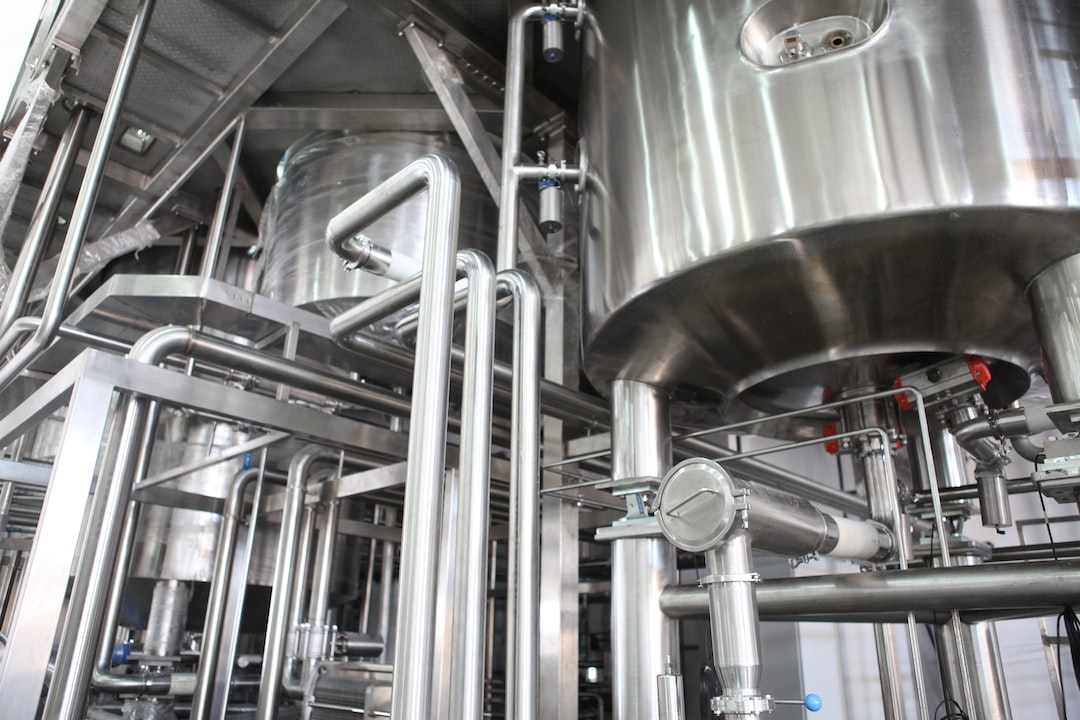The Rise of the Circular Economy in Production
In recent years, the concept of the circular economy has gained significant traction as a viable solution to the world’s growing environmental and resource challenges. This concept, which emphasizes the reduction, reuse, and recycling of materials and products, is now making its way into the production industry. As companies increasingly recognize the benefits of adopting circular principles, we are witnessing the rise of the circular economy in production.
The linear economy, which has been the dominant model for centuries, follows a “take, make, dispose” approach. Finite resources are extracted, transformed into products, and eventually discarded as waste. This linear approach has resulted in significant environmental degradation, resource depletion, and waste generation. However, the circular economy presents an alternative model that aims to decouple economic growth from resource consumption and environmental harm.
At its core, the circular economy promotes the idea of keeping resources in use for as long as possible and extracting maximum value from them. This means minimizing waste and adopting strategies such as product design for repair, reuse, and recycling. By doing so, the circular economy aims to create a closed-loop system where materials and products are continuously circulated within the economy, rather than being disposed of after a single use.
One key aspect of the rise of the circular economy in production is the shift towards a new mindset among businesses. Instead of focusing solely on profit and short-term gains, companies are recognizing the importance of environmental sustainability and long-term viability. They are realizing that adopting circular principles can actually lead to cost savings, improved resource efficiency, enhanced brand reputation, and new market opportunities.
A prime example of the circular economy in production is the growing trend of remanufacturing. Remanufacturing involves restoring used products to their original specifications through a series of industrial processes, such as cleaning, repair, and replacement of components. This approach reduces the need for mining and manufacturing new materials and extends the lifespan of products, thereby reducing waste generation. Companies engaged in remanufacturing are not only contributing to environmental preservation but also tapping into a lucrative market for refurbished products.
Another crucial driver of the circular economy in production is the concept of industrial symbiosis. Industrial symbiosis refers to the collaboration and exchange of resources between different industries, where one industry’s waste becomes another’s raw material. This approach fosters resource efficiency, reduces waste, and creates a more interconnected and resilient industrial ecosystem. For example, a chemical company’s byproduct could be used as a feedstock for a neighboring company, thereby minimizing waste generation while saving costs on raw materials.
Furthermore, advancements in technology and digitalization are playing a significant role in facilitating the circular economy in production. The Internet of Things (IoT), for instance, enables the tracking and monitoring of products throughout their lifecycle, making it easier to identify opportunities for repair, reuse, or recycling. Artificial intelligence, machine learning, and data analytics are also being leveraged to optimize production processes and minimize material waste. These technological innovations are empowering businesses to adopt circular practices and make informed decisions that align with their sustainability goals.
The rise of the circular economy in production is not limited to small-scale initiatives or niche markets. Many large corporations have embraced circularity as a fundamental part of their business strategies. For example, the global fashion brand H&M has implemented a garment collection program, where customers can drop off old clothes at their stores. These clothes are then sorted, reused, or recycled, reducing the massive amount of textiles that typically end up in landfills. Similarly, Apple has established recycling programs to recover valuable materials from their products, such as aluminum and rare earth metals.
In conclusion, the rise of the circular economy in production signifies a fundamental shift in how businesses approach resource consumption and waste generation. Instead of following a linear model that depletes natural resources and pollutes the environment, companies are adopting circular principles to promote sustainability and economic resilience. Through initiatives such as remanufacturing, industrial symbiosis, and technological advancements, the circular economy is revolutionizing production practices and paving the way for a more sustainable future.

